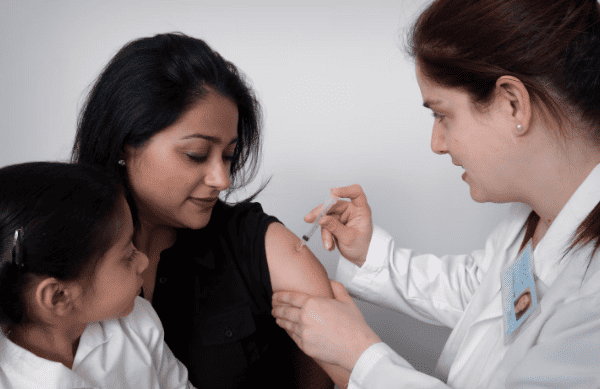
If you are looking to gain more autonomy, respect, and professional responsibility as a nursing professional, you should consider becoming a family nurse practitioner. As an FNP, you can provide preventative and advanced primary care for patients from infancy to old age. You will also perform many of the same tasks as a doctor, enabling you to earn a lucrative salary. Read on for five tips on how to become a family nurse practitioner.
- Familiarize yourself with the specialized role of an FNP
The first step to becoming a family nurse practitioner is understanding the functions and duties of an FNP. This helps you to establish whether or not a career as a family nurse practitioner is right for you. The following are the duties and roles of an FNP:
- Prescribing medication
- Performing medical exams
- Examining medical histories
- Diagnosing illnesses
- Treating acute and chronic illnesses
- Educating patients on general health and wellness
- Overseeing and managing patient care
- Making referrals to specialists when needed
- Developing treatment plans
- Become a Registered Nurse (RN)
Once you establish that a career as a family nurse practitioner is right for you, enroll in an accredited nursing program. This enables you to complete a degree in registered nursing. To increase your chances of being admitted to the NP program, pursue a Bachelor of Sciences in Nursing (BSN). The BSN will involve teacher-instructed training and supervised clinical hours, lasting two to four years. You must pass the NCLEX-RN examination to be certified as a registered nurse. Be sure to apply for an RN license through the state board of nursing to start practicing.
- Earn a DNP or MSN degree
You must first earn a doctorate in nursing (DNP) or a master’s in nursing (MSN) with a concentration in family nurse practitioner to become an FNP. For this reason, consider enrolling in NP school after completing your BSN. You could attend the NP school in person or enroll in an online Family Nurse Master’s program. A typical DNP often takes four to seven years, while an MSN can take two to three years.
The FNP curriculum features Advanced Practice Registered Nurses topics such as advanced pharmacology, nursing leadership, nursing ethics, and advanced health assessment. You could also specialize in the clinical management of adult health issues or pediatric primary care.
- Obtain FNP certification
You must first pass the FNP national certification examination to qualify for family nurse practitioner state licensure. This exam is often offered by The American Association of Nurse Practitioners and The American Nurse Credentialing Center. With that being said, you must meet the following requirements to be eligible for FNP national certification exams.
- Be a graduate of an accredited doctoral degree nursing program, post-graduate certificate, or master’s degree with a concentration in adult or family primary care nurse practitioner.
- Have an active license as a registered nurse
- Complete advanced pathophysiology, advanced physical assessment, and advanced pharmacology courses.
- Apply for FNP state licensure
Once you receive your FNP certification, consider applying for an advanced practice registered nursing license. Below are APRN state licensure requirements:
- Complete an accredited graduate program in nursing
- Gain certification through the American Association of Nurse Practitioners and The American Nurse Credentialing Center
- Pass background checks
Be sure to renew your FNP license and certification every five years to continue practicing as a family nurse practitioner.
Endnote
Becoming a family nurse practitioner is an excellent way to take your nursing career to another level. Understand the roles of an FNP, become a registered nurse, earn an MSN degree, and obtain an FNP certificate and license to become a family nurse practitioner.
Leave a Reply